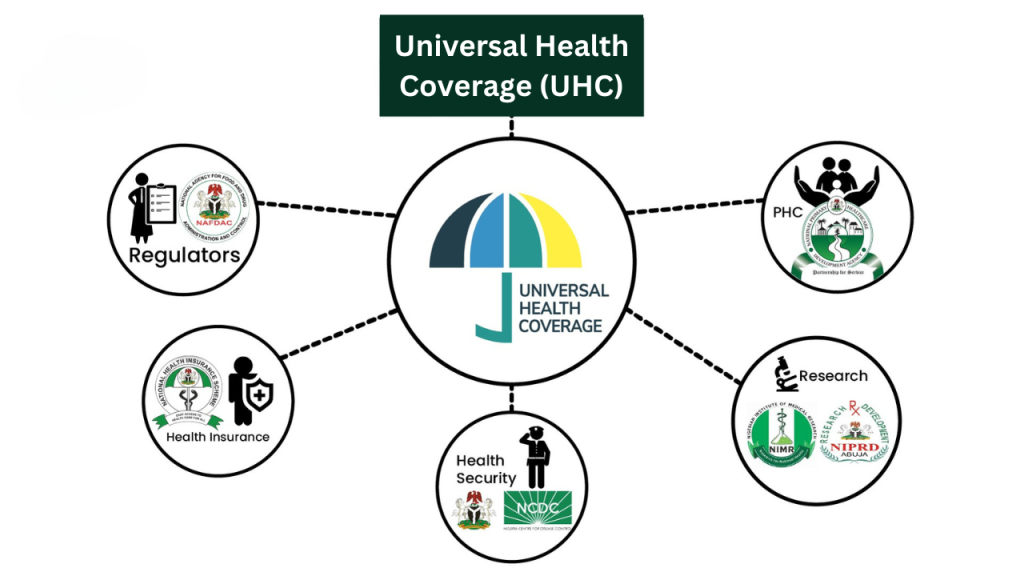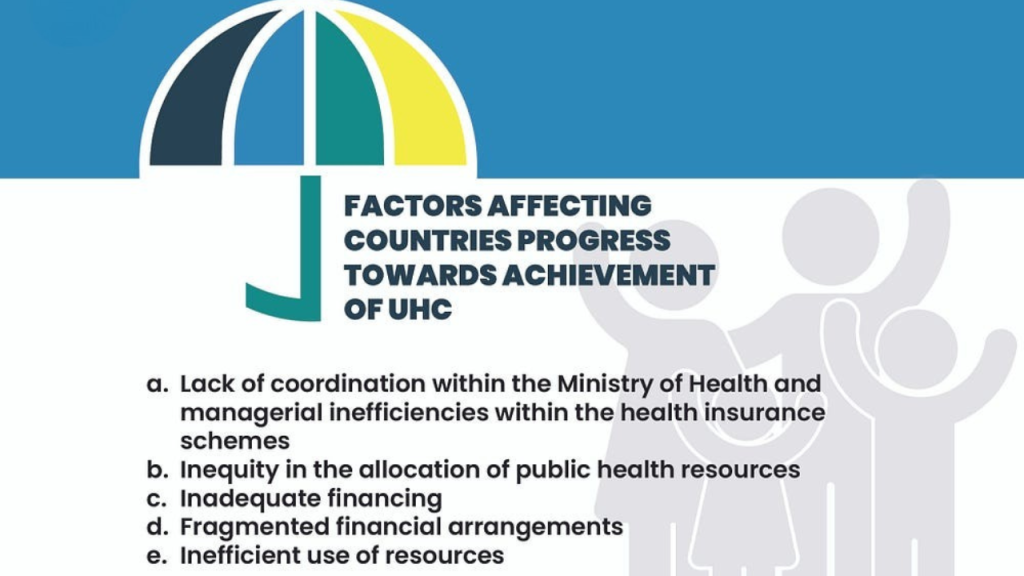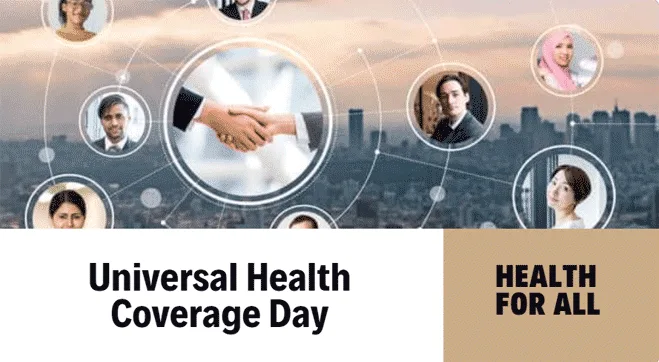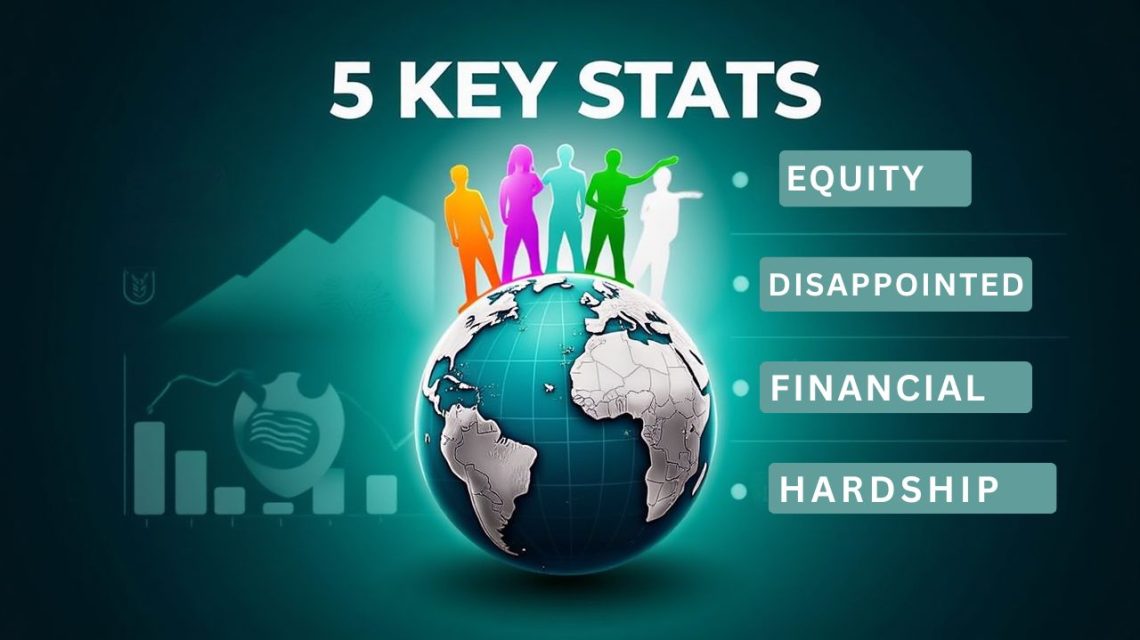Before we look at the numbers, let’s understand what Universal Health Coverage (UHC) means. It’s not just about getting free healthcare. It’s about ensuring that everyone has access to a full range of quality health services, when and where they need them, without facing financial hardship. This includes everything from basic check-ups and vaccinations to complex surgeries and long-term care.
Why Does UHC Matter?
UHC is more than just a health issue. It’s about fairness, equality, and human rights. When people can access healthcare, they are healthier, more productive, and better able to contribute to their communities. It also helps to reduce poverty and inequality.
Now, let’s look at five key statistics that reveal the current state of UHC around the world:
1. Half the World Lacks Full Coverage:
According to the World Health Organization (WHO), at least half of the world’s population still lacks full coverage of essential health services.
This is a shocking number. It means that billions of people are one illness away from financial ruin or even death. They can’t access basic healthcare, like prenatal care, vaccinations, or treatment for common diseases. This lack of access is especially severe in low- and middle-income countries.
This statistic highlights the massive gap between the ideal of UHC and the reality on the ground. Many countries are struggling to provide even basic healthcare to their citizens. This is due to a variety of factors, including lack of funding, weak health systems, and geographical barriers.
2. Financial Hardship: A Crushing Burden:

Each year, a huge number of people are pushed into poverty because they have to pay for healthcare out of their own pockets.
When people have to pay for healthcare directly, it can create a huge financial burden. This is especially true for those with chronic illnesses or those who need expensive treatments. Many families have to sell their assets, borrow money, or even forgo essential needs like food and education to pay for healthcare.
This statistic shows that even when people can access healthcare, it often comes at a high cost. This financial hardship can have long-lasting consequences for individuals and families, trapping them in a cycle of poverty.
UHC aims to eliminate this financial burden by ensuring that people don’t have to choose between their health and their livelihoods.
3. Equity Gaps: The Rich Get Healthier, The Poor Suffer:
There are significant equity gaps in access to healthcare, with the poorest and most marginalized populations often facing the greatest barriers.
Even within countries, there are huge disparities in access to healthcare. People living in rural areas, those with disabilities, and those from marginalized communities often face discrimination and exclusion. They may have to travel long Universal Health Coverage distances to reach a clinic, or they may face language barriers or cultural biases.
This statistic highlights the importance of focusing on equity in UHC. Simply increasing access to healthcare is not enough. Universal Health Coverage We need to ensure that everyone, regardless of their background, has an equal chance to access quality care.
4. Global Progress: Some Gains, But Not Enough:

While some countries Universal Health Coverage have made significant progress in expanding UHC, global progress has been uneven and slow.
There are success stories. Some countries have implemented innovative financing mechanisms and strengthened their health systems to achieve high levels of UHC.
5. The Role of Policy: Strong Systems Make a Difference:
The Stat: Countries with strong health systems and well-designed policies are more likely to achieve UHC Universal Health Coverage.
Effective policies and well-functioning health systems are essential for achieving UHC. This includes investing in primary healthcare, training healthcare workers, and ensuring the availability of essential medicines and technologies.
This statistic emphasizes the importance of government leadership and commitment to UHC. Governments need to prioritize health and allocate sufficient resources to build strong and resilient health systems Universal Health Coverage.
The Road Ahead: Universal Health Coverage

Achieving UHC is a complex and challenging task. It requires a multi-faceted approach that addresses the root causes of inequity and financial hardship. Here are some key areas that need attention:
Investing in Primary Healthcare: Primary healthcare is the foundation of UHC. It’s where people receive their first point of contact with the health system.
Strengthening Health Systems: Health systems need to be well-funded, well-managed, and equipped to deliver quality care.
Addressing Social Determinants of Health: Health is influenced by a wide range of factors, including poverty, education, and access to clean water and sanitation.
Promoting Equity and Inclusion: We need to ensure that everyone, especially the most vulnerable populations, has access to quality healthcare.
Financing UHC Sustainably: Governments need to find innovative ways to finance UHC, such as through progressive taxation and pooling of resources Universal Health Coverage.



 SDG 1 goal :Why Global Progress Hinges on Africa- SDG Forum Assesses Poverty and Hunger Targets
SDG 1 goal :Why Global Progress Hinges on Africa- SDG Forum Assesses Poverty and Hunger Targets
good!
wonderful!
super!
good!